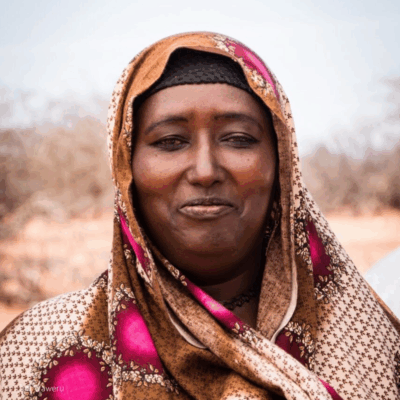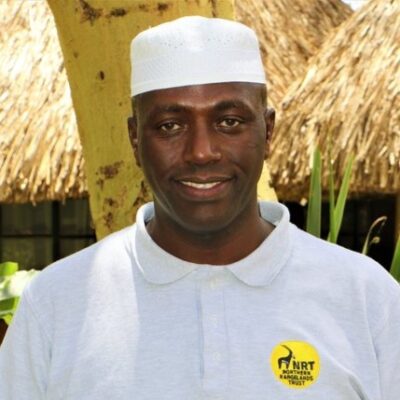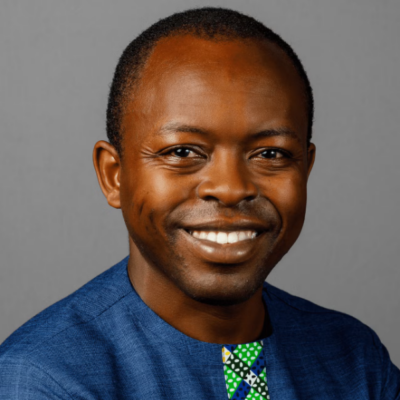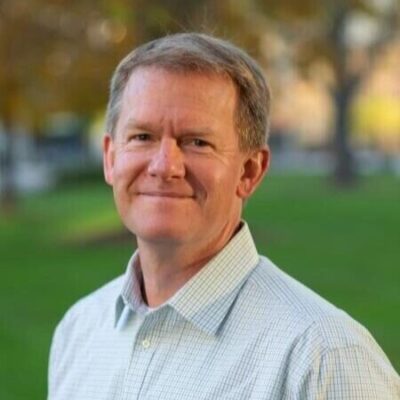Listeners:
Top listeners:
-
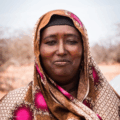 play_arrow
play_arrow
118 | Kenyan Herders Say Judgement Against Them Based on Forged Signatures / Continuation of Episode 117
-
 play_arrow
play_arrow
117 | Surviving Survival Internatinal, Part 1: Kenyan Elders Call Foul on International Media, NGOs
-
 play_arrow
play_arrow
116 | From Ticking Time Bomb to Demographic Dividend: James Mwangi and Kenya's Great Carbon Valley
-
 play_arrow
play_arrow
115 | Unpacking Donald Trump's Very Weird Environmental Orders
-
 play_arrow
play_arrow
114 | Michael Greene: Carbon Cowboy or Lone Ranger? Part 1
-
 play_arrow
play_arrow
113 | The Future of Environmental Finance: Strategies for Biodiversity and Climate Solutions, with David Hill and George Kelly
-
 play_arrow
play_arrow
112 | Fantasy Football and Dynamic Baselines: New Tools for Impact Assessment
-
 play_arrow
play_arrow
111 | The False Dichotomy Between Reductions and Removals (Rerun)
-
 play_arrow
play_arrow
110| Ecological Economics, Systems Thinking, and the Limits to Growth
-
 play_arrow
play_arrow
109 | How Brazil's Quilombola Communities are Planting the Seeds of Sustainability for Small Farms Around the World, with Vasco van Roosmalen of ReSeed
Transcript
If you know anything about IKEA Group, the giant Scandinavian furniture company, you know that most of their products are made of wood, and you may even know that they’re one of the “good” companies that tries to buy only products that are sustainably harvested.
They’ve pledged that, by 2020, 100 percent of their wood, pulp, and paper will either be recycled or certified by the Forest Stewardship Council as sustainably produced. So far, they’re on track to achieve that, according to the Forest Trends Supply Change initiative — which tracks the progress companies report towards achieving environmental commitments. The Supply Change entry for IKEA shows the company was 61 percent of the way towards achieving its 2020 goal as of March of this year.
Two months earlier, my colleague Kelley Hamrick at Ecosystem Marketplace published a report called “State of Private Investment in Conservation 2016”, which I was flipping through this morning while researching today’s show. In so doing, learned that IKEA has also started investing in forests all across Europe — explicitly to make sure those forests are managed in ways that serve a larger public good, and in so doing help the company meet its sustainability commitments.
As of January, when the report came out, IKEA had purchased about 100,000 hectares of forest in Romania, Bulgaria, and the Baltics, and it had earmarked more than 1 billion more dollars for investing in sustainable forestry.
Make no mistake: they’re doing this to make money, but do do so in a sustainable way, and that means this qualifies as “impact investing”, which is any investment that’s designed to generate both a profit and a larger public good.
The Global Impact Investing Network has identified more than $30 billion of impact investments in the last three years, and Kelley’s report, which I alluded to above, identified about $8 billion earmarked for impact investments specifically involving forests, farms, and fields — all of which need to be better managed if our civilization is to survive the climate challenge.
Now, $8 billion is nothing to sneeze at, but it really is just a sneeze in a hurricane compared to the $55 trillion global economy. What’s more, on top of that $8 billion, another $5 billion was allocated, but went uninvested.
Today we speak with Noelle-Claire LeCann and Richard Fronapfel, who run impact investment group AlphaSource Advisors and see big opportunities for people who want to make money by helping the world better manage its forests, farms, and fields in the Anthropocene
Episodes
117 | Surviving Survival Internatinal, Part 1: Kenyan Elders Call Foul on International Media, NGOs
April 13, 2025
116 | From Ticking Time Bomb to Demographic Dividend: James Mwangi and Kenya’s Great Carbon Valley
February 25, 2025
115 | Unpacking Donald Trump’s Very Weird Environmental Orders
January 27, 2025
114 | Michael Greene: Carbon Cowboy or Lone Ranger? Part 1
December 6, 2024

